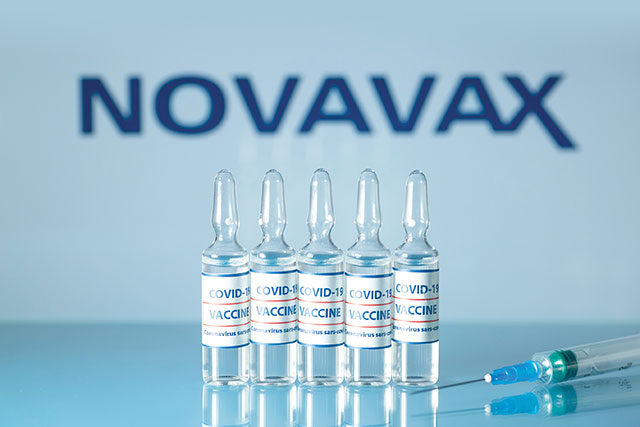Novavax Covid-19 Vaccine,to be made by Serum Institute, shows 90% efficacy


WASHINGTON: Novavax’s COVID-19 jab is more than 90 percent effective, including against coronavirus variants, the vaccine maker said Monday after a large-scale US study.
The jab “demonstrated 100% protection against moderate and severe disease, 90.4% efficacy overall,” the company said in a statement, adding “the study enrolled 29,960 participants across 119 sites in the U.S. and Mexico to evaluate efficacy, safety and immunogenicity.”
The Maryland-headquartered company said it intended to apply for regulatory approval by the third quarter of 2021.
After that, it said, it would be on course to make 100 million doses per month by the end of the third quarter and 150 million doses per month by the end of the year.
NEW DATA RELEASE: Novavax #COVID19 Vaccine Demonstrates 90% Overall Efficacy and 100% Protection Against Moderate and Severe Disease in PREVENT-19 Phase 3 Trial https://t.co/lIOiQXxDtD pic.twitter.com/4ePHxDpziZ
— Novavax (@Novavax) June 14, 2021
“Today, Novavax is one step closer to addressing the critical and persistent global public health need for additional COVID-19 vaccines,” said Stanley C. Erck, Novavax’s president and chief executive.
“Novavax continues to work with a sense of urgency to complete our regulatory submissions and deliver this vaccine, built on a well understood and proven platform, to a world that is still in great need of vaccines.”
While some rich countries have made progress on vaccinating their populations, there remain concerns that many poorer countries are being left out of the global inoculation drive.
Vaccination rates in the world’s poorest nations are far behind the Group of Seven industrialized powers and other wealthy states — in terms of doses administered so far, the imbalance between the G7 and the planet’s low-income countries, as defined by the World Bank, is 73 to one.
Unlike some rival jabs, Novavax’s vaccine — formally known as NVX-CoV2373 — does not have to be stored at ultra-low temperatures.
The company said it was “stored and stable at 2°- 8°C, allowing the use of existing vaccine supply chain channels for its distribution.”
In theory at least, this means the shots should be more easily transported and administered in countries with less well developed health infrastructures.




